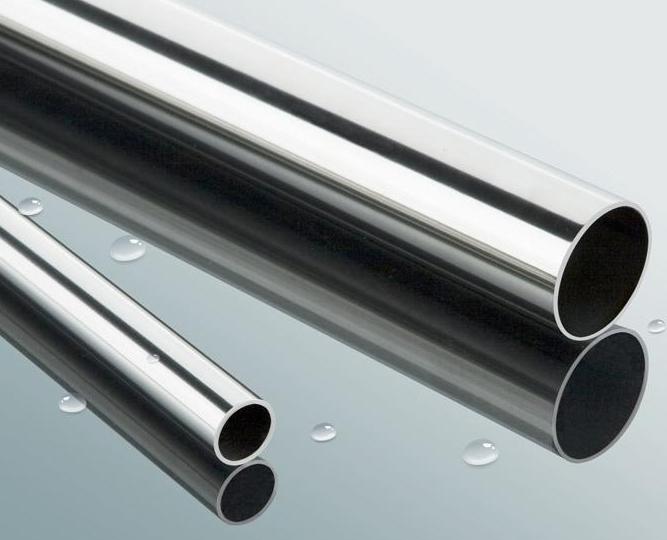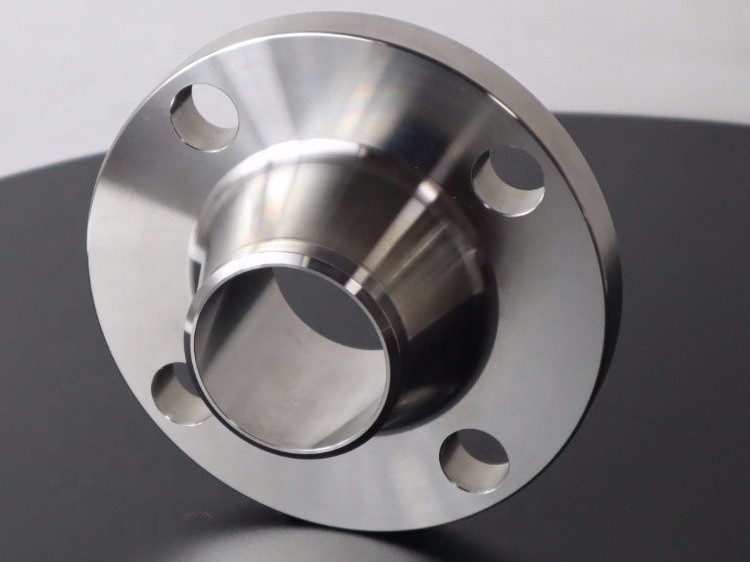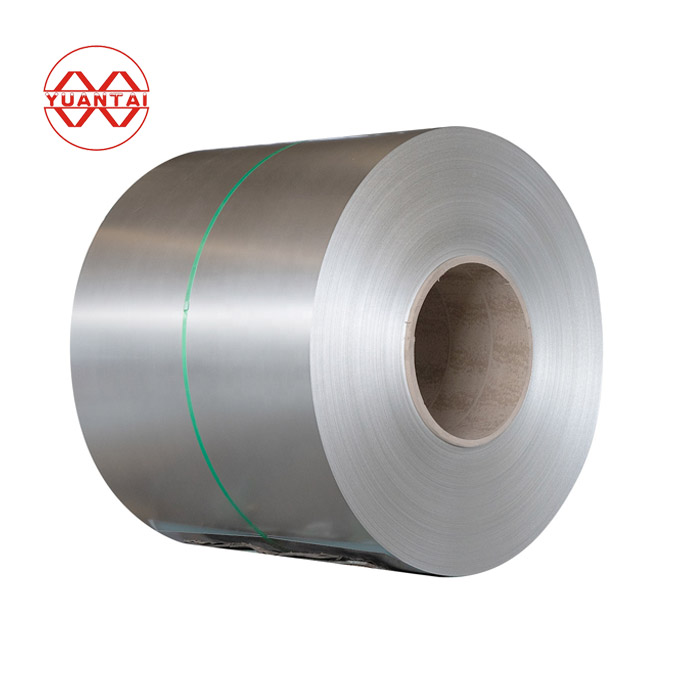Stainless steel, an iron alloy encompassing at least 10.5% chromium, has earned popularity thanks to its rust-resistant exterior. After the chromium layer is formed on the surface of the steel, it serves to protect it from degradation and damage. Subsequently, grades and finishes vary depending on the environment the stainless steel will face. Such versatility can be seen through its use in a variety of settings, including:
Apparatuses for Culinary Preparation
Tubular Transportations: Exploring Pipes and Tubing
Constructors resort to stainless steels in order to provide a robust exterior that will meet the standards of both cladding, roofing, and architectural specifications. These strong alloys also play a crucial role in the fabrication of durable structures.
An array of stainless steel categories reside under the umbrella of martensitic, austenitic, ferritic and duplex steel. Alloys are selectively added to give stainless steel its signature microstructure, which in turn presents an array of unique qualities which are then set in place through heat treatment.
Martensitic varieties of stainless steel combine chromium and a range of carbon levels to form a metal that is both tough and resilient. Treating them with heat allows them to harden to a variety of levels, while their magnetic nature makes them suitable for cutlery, surgical instruments and pumps. Despite being tough and highly resistant to corrosion, martensitic stainless steels still do not compare to the corrosion protection offered by austenitic stainless steels.
Austenitic stainless steels contain an amalgamation of chromium (ranging from 16-26%) and carbon (from 0.08-2.0%) to create a structurally sound material with excellent saltwater resistance as well as a lack of magnetism. These steels cannot be strengthened by heat treatment, so they are instead used in areas that lack the necessitated physical strain – such as food processing devices, chemical engineering components, and aesthetic accents for buildings.
With chromium making up 16-30% and carbon a notable 0.08-0.5%, ferritic stainless steels have a composition that renders them non-magnetic, with decent rust resistance too. Unfortunately, they are only applicable in situations where they won’t be exposed to significant stress, as heat treatment cannot create a hard pliable material. These steels still find use in the automotive and food and beverage domains, however, as trim and containers respectively.
Duplex stainless steels, which are non-magnetic and boast remarkable resistance to corrosion, are crafted from a unique blend of 21-27% chromium and 3-13% nickel. Heat treatment is typically utilized to harden this alloy, allowing it to withstand mechanical stress. Because of these favourable characteristics, it is widely used in the chemical and oil & gas sectors as well as construction.
Post time: 2023-06-14
Related Product

Stainless steel square tube
Stainless steel 201 304 square tube, durable, stainless steel square tube for building decoration Stainless steel square tube is a kind of hollow long steel, because the sec […]

38BA clean pipe ss304 stainless steel pipe ferrule connection stainless steel pipe
Product name 3/8 “BA clean pipe ss304 stainless steel pipe ferrule connection biopharmaceutical fluid delivery Classification BA clean pipe/EP super clean pipe Product Desc […]

Stainless Steel Capillary Pipe Tube
304 stainless steel capillary tube 316L precision seamless tube manufacturer of ultra small caliber thin-walled tube for medical instruments texture of material:304、316 Spec […]

Billet 420 round steel 3.0-300mm 420 stainless steel bar good straightness quenching and tempering treatment
Billet 420 round steel 3.0-300mm 420 stainless steel rod straightness is good Quenching and tempering treatment 2Cr13 stainless steel has high hardness and good corrosion resistanc […]

stainless steel Straight Tee
Stainless steel tees are pipe fittings and pipe connectors. It is used at the branch pipe of main pipe. Stainless steel tees can be divided into equal diameter tees and reducing te […]

Stainless steel 90 ° elbow
In a piping system, an elbow is a fitting that changes the direction of a run. Product introduction The 90 ° stainless steel elbow is composed of fabric reinforced stainless steel […]

Stainless steel grooved pipe Stainless steel special-shaped pipe
The stainless steel grooved pipe is a kind of stainless steel profiled pipe. The stainless steel profiled pipe is the general name of the steel pipes of other cross section […]

Stainless steel flange
Stainless steel flange Stainless steel flange is mainly used for pipe connection in pipeline engineering. INTRODUCTION Stainless steel flange is mainly used for pipe connect […]

Stainless steel coil 316L 304 201 310S stainless steel cold rolled coil wiredrawing film
Thickness specification of stainless steel strip – table (full page length and width can be customized by zero cutting) 0.05mm 0.1mm 0.15mm 0.2mm 0.3mm 0.4mm 0.5mm 0.8 […]
